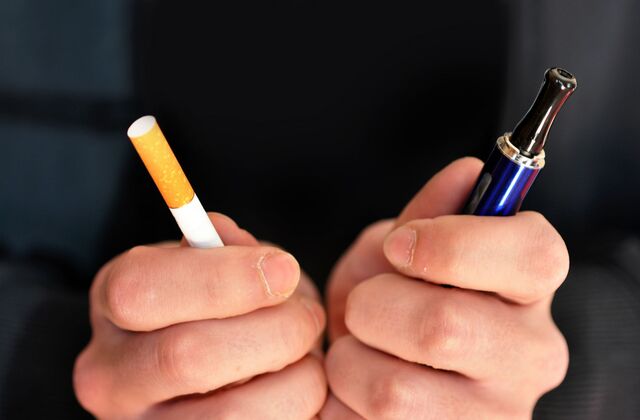Pipe Tobacco Vape vs. Cigarettes: What Is the Healthier Alternative?
The conflict between traditional tobacco products and new alternatives has been a source of contention for decades now. Pipe tobacco vape has developed as one such alternative in recent years, claiming to be a healthier option for smokers. As public awareness about the health consequences of smoking grows, it’s critical to assess if pipe tobacco vaping genuinely provides a safer alternative. In this post, we’ll look at the health features, hazards, and potential advantages of pipe tobacco vape and cigarettes.
The Origins of Pipe Tobacco Vaping
Before we begin this comparison journey, we must first grasp the history of pipe tobacco vaping. In comparison to cigarettes, which have been around for over a century, pipe tobacco vape is a relatively new concept. In the early 2000s, vaping pipe tobacco devices were released as an alternative to smoking. These devices generate inhalable vapor by heating a liquid, which typically contains nicotine and flavourings. The fundamental distinction is the absence of tobacco combustion, which contributes significantly to the health risks connected with cigarettes.
The Health Hazards of Cigarette Smoking
Cigarette smoking is harmful to the human body for a variety of reasons, including:
- Cigarettes and their toll on health – Cigarettes have long been linked to a myriad of health issues, many of them life-threatening. Individuals who smoke cigarettes are exposed to a mix of hazardous compounds, including tar, carbon monoxide, and over 7,000 other dangerous substances. When tobacco is burnt, carcinogens are released, which can lead to lung cancer, heart disease, and a variety of respiratory illnesses.
- Second-hand smoke – Moreover, the effects of cigarette smoking aren’t limited to the smoker alone. Second-hand smoke is a well-known issue since it can damage people who are not actively smoking. This puts the smoker’s friends, family, and even strangers in danger of developing health issues.
- Addiction and withdrawal – Cigarettes are known for their high nicotine content, making them highly addictive. Smoking cessation is often challenging due to the physical and psychological dependency that nicotine creates. Withdrawal symptoms such as cravings, irritability, and anxiety can make quitting cigarettes a daunting task for many people.
Pipe Tobacco Vape: A Safer Alternative
Pipe tobacco vape is a great alternative to cigarette smoking, here is why:
- Reduced harm potential – One of the key arguments in favour of pipe tobacco vape is its reduced harm potential compared to cigarettes. Since vaping doesn’t involve combustion, users are not exposed to the harmful byproducts of burning tobacco. Instead, they inhale vaporized e-liquids, which may contain nicotine but lacks many of the carcinogens found in cigarettes.
- Fewer harmful chemicals – Studies have shown that the vapor produced by e-cigarettes contains fewer harmful chemicals than cigarette smoke. While not entirely risk-free, pipe tobacco vaping is considered a less harmful option due to this significant reduction in toxic substances.
- Smoking cessation aid – Pipe tobacco vaping has also been used to help people quit smoking. Many smokers have successfully switched from cigarettes to vaping, gradually lowering their nicotine consumption and finally quitting completely. Some health professionals have accepted this harm reduction method as a practical technique to assist people to quit smoking.
- Has a wide variety of flavours – The best pipe tobacco flavored e-liquid comes in a diverse range of flavours catering to different preferences. Whether you prefer robust, smoky blends or sweeter, more aromatic profiles, there is an e-liquid to suit your taste.
Conclusion
In the ongoing debate between pipe tobacco vaping and cigarettes, vaping pipe tobacco seems to be a safer alternative. They contain fewer harmful chemicals and on top of that offer the best pipe tobacco e juice. Regardless of the path chosen, it’s crucial to prioritize one’s health and make informed decisions about tobacco and nicotine consumption.







